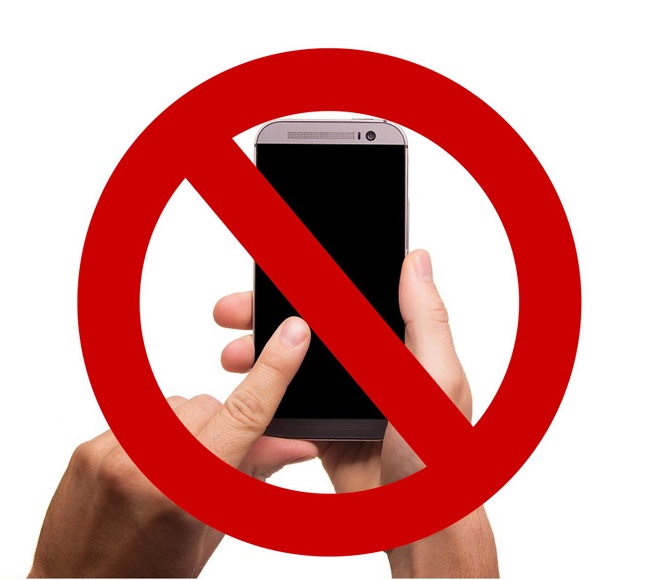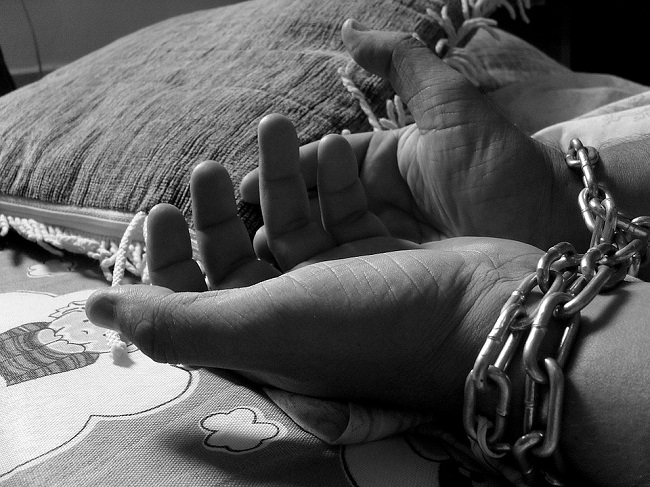Students between the ages of 10 and 15 years have thrown their support behind banning classroom phone use.
A mobile phone ban in schools is a rapid way to drum up controversy. It has already caused many debates in the United States as well as other countries around the world. That said, in Swedish classrooms, students aged 10 to 15 years old have supported the decision to stop the use of phones at school.
With the rapid penetration of smartphones among students, the schools suddenly found themselves falling behind.
The school regulations were not keeping up with the massive rise in smartphone use among students. This allowed policies on the subject to be established on a class by class basis. That said, universal policies regarding phone usage in the classrooms were not created. It was up to the individual teachers. While some implemented an all-out mobile phone ban, the majority decided to simply turn a blind eye.
Many parents opposed a mobile phone ban as they wanted to be able to be in direct contact with their kids.
 Over time, the trend toward a smartphone ban became greater among the schools. Still, the degree of the ban was different from one school to the next. Some were far more restrictive than others.
Over time, the trend toward a smartphone ban became greater among the schools. Still, the degree of the ban was different from one school to the next. Some were far more restrictive than others.
A Norwegian telecommunications company called Telnor recently conducted a survey. Results revealed only 6 percent of students between the ages of 10 and 15 years old in Sweden say smartphones are permitted in their classrooms. Though 53 percent said they can use mobile phones at school, this is not permitted within the class.
That said, there remains 40 percent of Swedish students aged 10 to 15 years who say their smartphones are not banned in any way. Among those, 57 percent support a ban. Only 14 percent feel a ban is bad.
There are many reasons for a mobile phone ban, according to Telnor. Lina Sundqvist is the person at Telnor’s who is responsible for the company’s Nätprat (‘net speak’) initiative and for consumer security. Sundqvist said “The reasons for the bans are many and seem to vary between different schools. Amongst other reasons are: to decrease distractions in the students’ working environments, to make students exercise more during recess, and to decrease internet bullying and abuse.”
A new pilot outreach program is using the high penetration of phones in the country to reach enslaved people.
Free the Slaves recently launched in India. It is still in its pilot phase, but it is already connecting with people throughout the country. It uses the knowledge that smartphones and mobile technology have reached tremendous penetration among Indian families to spread basic labor rights information.
The goal is to reach out to enslaved people in India and give them hope through readily available tech.
The Free the Slaves (FTS) outreach program pilot tested with Kaarak Enterprise Development Services. It is meant to educate and increase hope in at-risk rural communities. The goal is to connect with villagers who have a heightened vulnerability to debt bondage slavery and human trafficking. As there is typically at least one phone per family, mobile technology has become the natural vehicle for communicating with these people.
 The program pilot comprised four messages written in Bhojpuri. That local language was selected as it is the most common among the people in Uttar Pradesh state. Over a span of 28 days, people in 192 communities were called and sent these messages over mobile technology.
The program pilot comprised four messages written in Bhojpuri. That local language was selected as it is the most common among the people in Uttar Pradesh state. Over a span of 28 days, people in 192 communities were called and sent these messages over mobile technology.
The Free the Slaves messages shared information and awareness about bonded labor slavery and labor rights.
One of the messages said: “You must be paid as much as you deserve and you should be able to understand how payment works.” Another said: “Since the Bonded Labor Act, it is illegal to force someone to work as a slave because of their caste, under threat of violence or without pay.”
The villagers receiving the messages also learned about government rehabilitation and relief programs available to them. They underscored the importance of vigilance among community members. They also promoted the FTS program itself as well as the MSEMVS organization which works with communities to provide slavery resistance. It also offers support for slavery and sex trafficking survivors.
The Free the Slaves messages concluded with a caution about the risks associated with migrating for employment. They provided tips for avoiding traffickers in the first place. The reception to these messages was highly positive and community members welcomed them. Follow-up efforts with focus groups showed that 92 percent of community members learned something new and found the information very helpful to them. Another 79 percent felt the information was applicable to their own situations. Many of the people did not know that bonded labor was illegal in India until they heard the messages.
 Over time, the trend toward a smartphone ban became greater among the schools. Still, the degree of the ban was different from one school to the next. Some were far more restrictive than others.
Over time, the trend toward a smartphone ban became greater among the schools. Still, the degree of the ban was different from one school to the next. Some were far more restrictive than others.
 The program pilot comprised four messages written in Bhojpuri. That local language was selected as it is the most common among the people in Uttar Pradesh state. Over a span of 28 days, people in 192 communities were called and sent these messages over mobile
The program pilot comprised four messages written in Bhojpuri. That local language was selected as it is the most common among the people in Uttar Pradesh state. Over a span of 28 days, people in 192 communities were called and sent these messages over mobile 